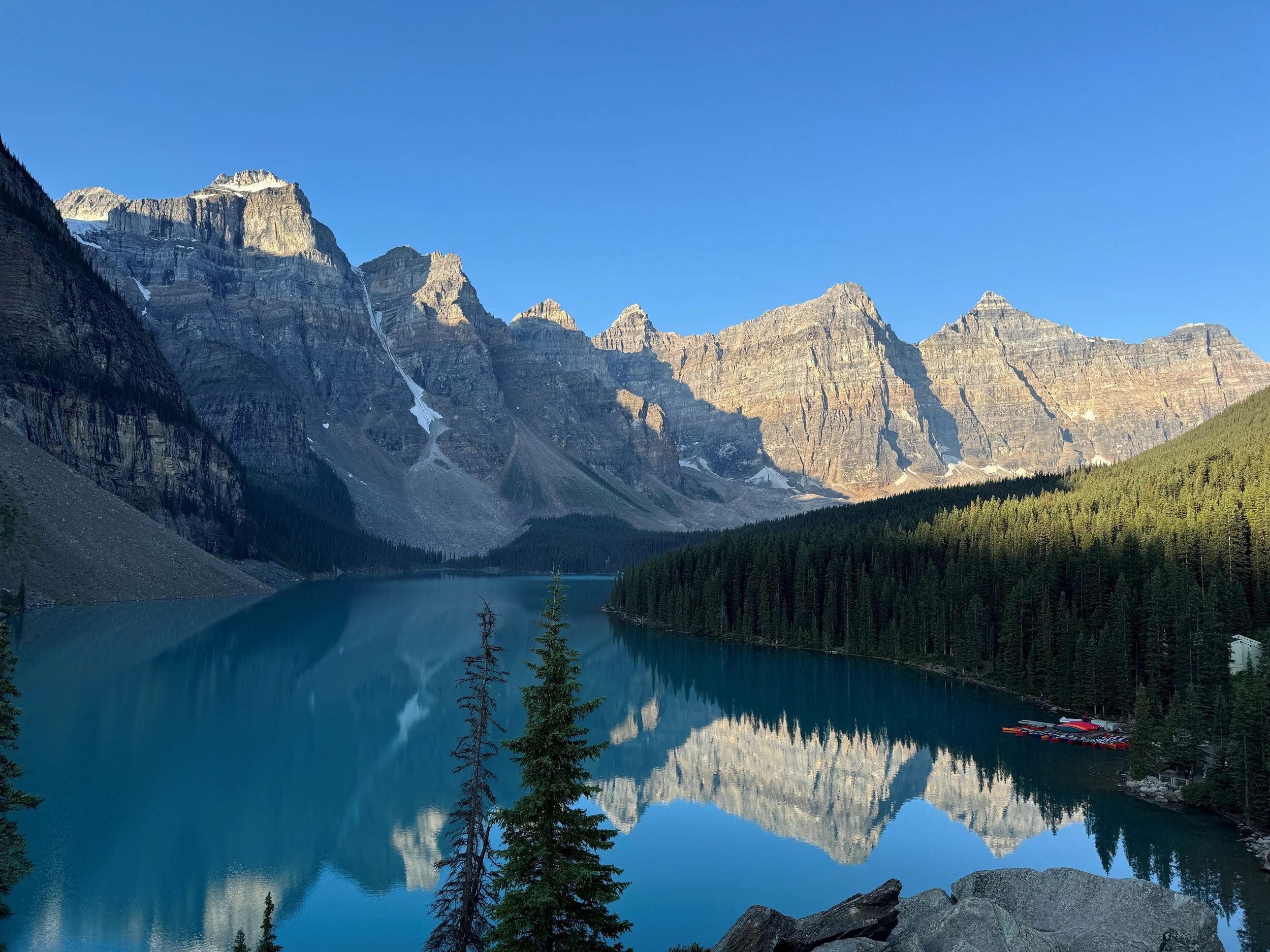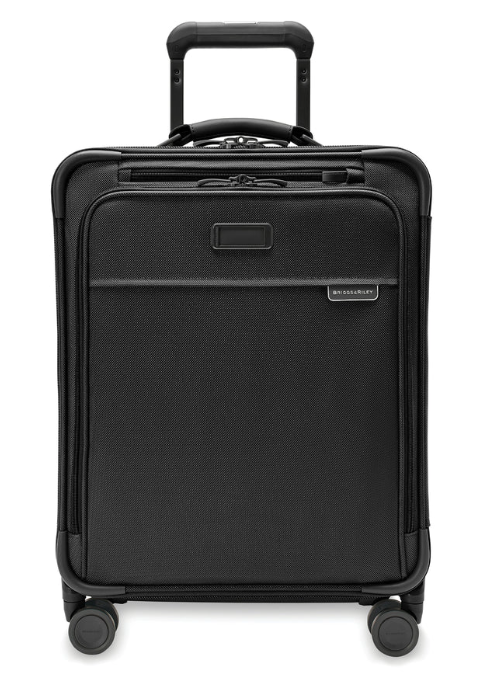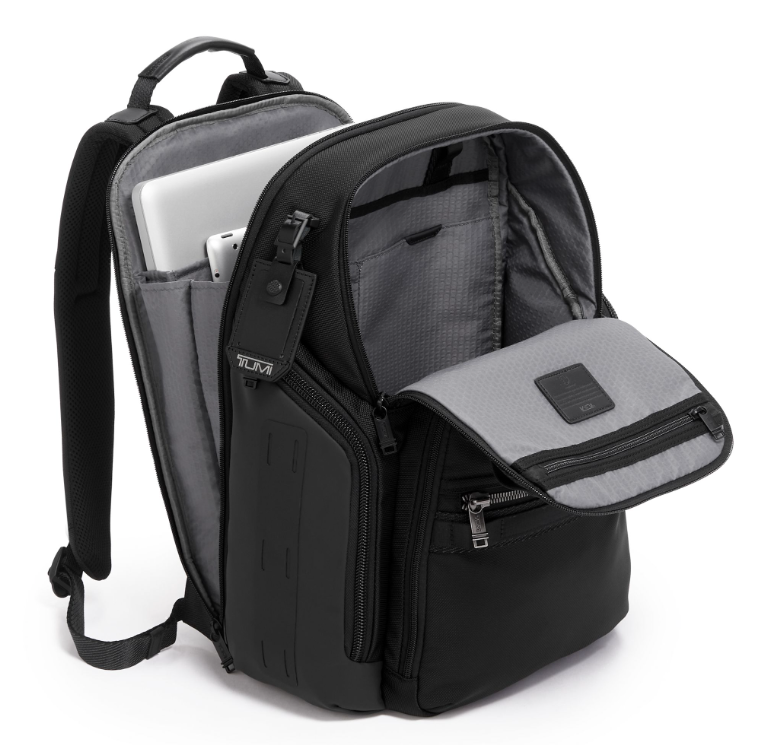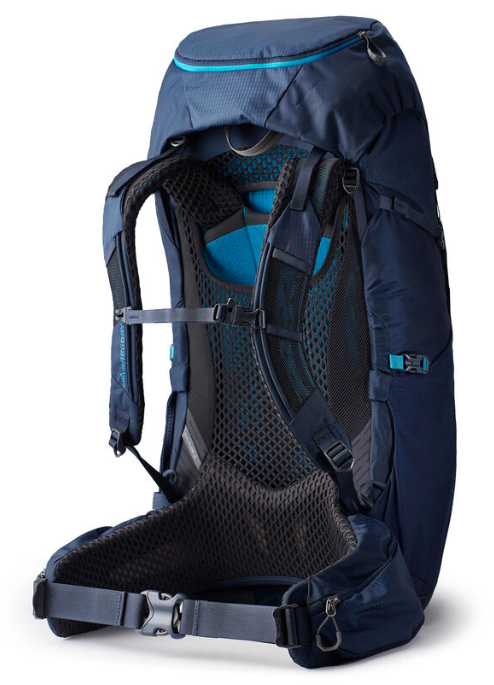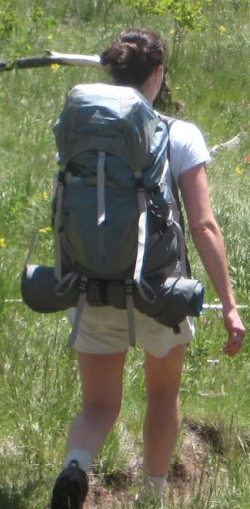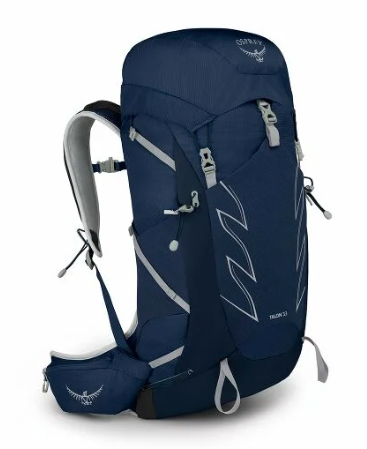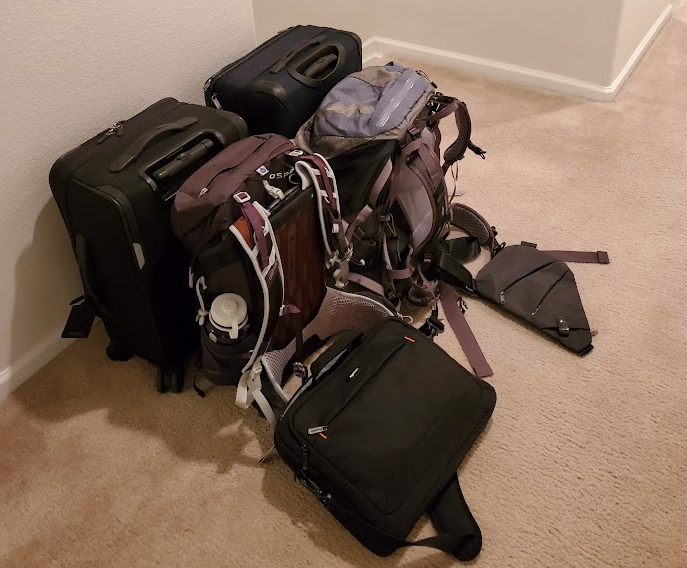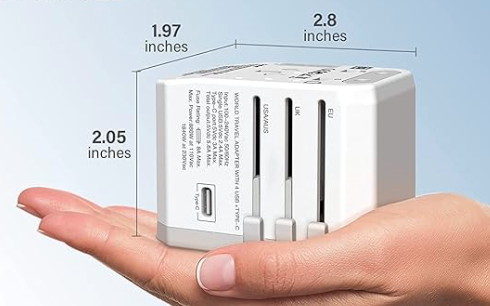FREQUENTLY ASKED QUESTIONS
Spencer: Italy 2023
Kristina: Argentina & Chile 2020
Spencer: Exuma, Bahamas
Kristina: Puerto Rico
Our destination inspiration has historically come from hearing about family/friends’ travel, talking to strangers during our travels, movies, books, and images we see online. In fact, for our bike riding in Tuscany, we looked at dozens of bike tour companies' itineraries to plan which towns and lodging we'd stay at!
Over our years of travel, we’ve created a list of places we want to visit. If you don’t have this list already for yourself, literally written down or saved in an excel file, it’s a great place to start in order to make your travel planning easier!
In order to take advantage of our (relative) youth and good health, we are trying to prioritize locations that are:
A) Harder to reach: Our assumption is that we are better able to handle long plane flights, quick transportation changes, jet lag, and travel delays better now than, say, in 20 years.
B) Require more physical exertion once there: We think about trips like hiking in Nepal. Are we really going to want to hike the Annapurna Circuit in 30 years? Or would we rather do it while we’re younger? We would argue there’s no time like the present.
C) Are more likely to change drastically over the next 5-10 years: Our theory is that generally big cities are likely to stay relatively stable, whereas many natural areas are at risk of changing dramatically due to human impact. We want to see those areas sooner rather than later!
This may seem self explanatory, but if a trip needs to happen during a certain week or month of the year, it definitely narrows down travel options due to weather. So sadly, even though a certain destination might be top of our list of places to travel, if our vacation doesn’t fall during the “good weather” time for that destination, we will avoid it. There is usually a prime travel time for a destination, with “shoulder seasons” where the weather might be a little risky.
Everyone will need to make a judgement call on how much risk they are willing to take regarding weather. While we’ve definitely played the “shoulder season” game before, we’ve gotten unlucky enough times that we are more inclined to deal with slightly busier tourist seasons, and slightly higher lodging costs in order to have a better chance for good weather. Our go-to website for this weather-related research is www.weatherspark.com - it gives a graphic summary for temperature, cloud cover, humidity, precipitation, water temp, and even summarizes it all into an overall "Tourism" score and "Beach/Pool" score.
We think about how much available time we have for the trip…from when we leave the house to when we return. We also consider whether we want to give ourselves an extra “recovery” day when we return, before jumping back into work. For example, if we have 5 days of total travel time available, but the transportation to get to the destination and back will eat up 2 full days, we might think about picking a closer location to home, so that the transit time isn’t taking up such a big percentage of our overall trip. This helps narrow down our top destination choices even further.
The short answer: Our average cost/day of travel for the 2 of us is usually around $800. This includes flights, lodging, transportation, food and activities - and we've often been able to use points to get this cost down. An expensive trip might be closer to $1,000/day (think higher flight costs, pricier activities, more luxury hotels, worse exchange rate in a foreign country).
The long answer: This is a critical question, though maybe not as much as you’d think, IF you’re willing and able to compromise on your level of luxury, dates of travel, and the activities you are wanting to do.
When planning a trip, we estimate out the costs of the ideal situation (best flight times, most preferred lodging, ideal dates, all the activities, etc.), and then see if we’re within budget. If not, we start playing with the different components.
For example, if we stay at a slightly less expensive hotel or Airbnb, can we get our costs down enough? What if we go a week earlier or later…do the costs for transportation and/or lodging change? Do we REALLY need to do that expensive boat tour we were thinking about, or would we still LOVE the vacation without it?
We also try to earn flight and hotel points via our credit cards, and utilize those points to reduce our travel costs as much as possible. Sometimes the sacrifices are too great to make the trip worthwhile, so we’ll postpone it for a later date…but sometimes we can make a few compromises, and still feel like it’ll be an amazing trip!
Everyone has different goals when they travel. Depending on your phase of life, flexibility of vacation time, financial situation, and personal interests & hobbies, travel might look different even amongst the closest of friends.
After 12+ years of international travel together, we’ve found our preferred pace and style of travel for the current time in our lives. But that has only come from trying different types of trips. We’ve had trips where we’ve moved hotels every 1-2 days for 14 days straight. We’ve done 1 week trips with only 1 hotel. We’ve had trips where we’ve seen 2 locations (1 hotel per location) for 4-6 nights a piece.
For us, the first time we visit a country or region we tend to try to see at least 2 or more locations, even if it means spending fewer days in each. This gives us a broader feel for the region and lets us gauge our interest in returning for a deeper dive at a later date. We also generally feel like 3-4 days is enough time in big cities to hit the highlights - but if your interests tend toward museums, architecture, and theater, and you could happily spend all day exploring these interests in a new city, you might want to plan for a full week or more.
We would encourage you to think about what you want your trip to feel like, and give yourself some grace if it’s not perfect the first time, or even the second. It might take some trial and error to figure out your own personal travel style. For some, a trip might not be complete without a day on a beach, where for others, touring old ruins might be the highlight.
There is a time and place for all types of trips, and there is no one right way to travel.
Though our packing list changes with each trip, depending on the duration and activities we’ve planned, here are a few of our go-to items:
Luggage:
We’ve tried a number of suitcases over the years and landed on these Briggs and Riley bags:
1) We prefer the soft-sided bags over the hard-sided since we don’t often travel with precious/delicate items, and it lets us do more stuffing (both of our items into the bag, and of the bag into tight spaces).
2) We previously had similar Tumi roller-bags, and for some reason they never rolled straight, creating a strain on our wrists trying to roll them through an airport.
3) Having the handle frame on the outside of the bag, rather than the inside leaves better flat surfaces for packing, as opposed to having to pack around the posts.
4) We opted for the Global 21” model as opposed to the Essential 22” version, because it actually has equal or better overall capacity, and there was no question it would be allowed as a carry-on for all domestic airlines.
5) Briggs and Riley offers a lifetime guarantee for free repairs if the bag is broken or damaged.
6) Quick note: even though it’s called “Global”, we’ve learned that although these bags might fit size-wise onto international carriers as “Carry-on” bags, often the weight limit means that our bags have to be checked. For example, Lufthansa allows bags as tall as 21.6” (so these bags should fit), however their weight limit for a carry-on bag is only 17.6lb. The bag itself weighs 9.9lb, so that leaves very little allowance for clothes inside.
Backpacks:
For domestic, shorter trips, we’ve used these Tumi backpacks for years. So long in fact, that the model has changed slightly, but this is the newer version of what we have! They work great for storing under the seat on the airplane, and have good storage/pockets for laptops, electronics, toiletries, water bottles, light jackets, etc. Best of all they have a padded mesh back panel with a sleeve to slide onto your roller-bag handle (so you don’t have to wear it the entire time you’re traveling!).
For longer and more active trips, we’ve used more backpacking-style packs which fit more gear, but can still generally pass as carry-on bags or personal items (if not completely full).
Kristina has an old Gregory Jade 50 Backpack - but unfortunately it looks like they only make a 43 and a 53 now. Either way, make sure you get padded hip straps and the right size. For reference Kristina’s pack is an XS. Here’s what the newer 53 looks like now (vs hers from ages ago on a backpacking trip!):
Spencer’s backpack of choice has been Osprey. Though he has a larger one specifically for multi-night backpacking trips, for general travel he’s using the Osprey Talon 33, which doubles nicely as a day pack. This bag is really thoughtfully designed, with great features and pockets. For reference, here are both of our backpacks next to our roller-bag suitcases (how we traveled to Patagonia in 2020).
Safety
Travel sized Carbon Monoxide Monitors fits in the palm of the hand, and only takes 2 or 3 AAA batteries (which we remove while in-transit to avoid any unwanted beeping). Especially for places where we’ll be inside with windows and doors closed, we feel much better having this gadget with us. You can find it on Amazon for less than $10.
Technology
Don’t forget about your power adapter. Different countries use different types of plugs, so be sure to check on the style of plug for your destination. You can find adapters specific to the country you’re going, OR get one that covers multiple countries like this one for less than $25 on Amazon.
Health
We always travel with a small, home-made med kit, including some Over-the-Counter and Rx medications. For example, bandaids, gauze pads, wound seal (aka bleed stop) powder, Neosporin, StingEze, Advil, Pepto Bismol and/or Imodium. Your doctor might also order you some Rx medication to bring with you if you’re prone to issues such as folliculitis or urinary tract infections. Similarly, we have brought Z Paks with us for overseas travel where it would be difficult to get an Rx or find a pharmacy.
“Collect moments, not things. ”
— Karen Salmansohn


